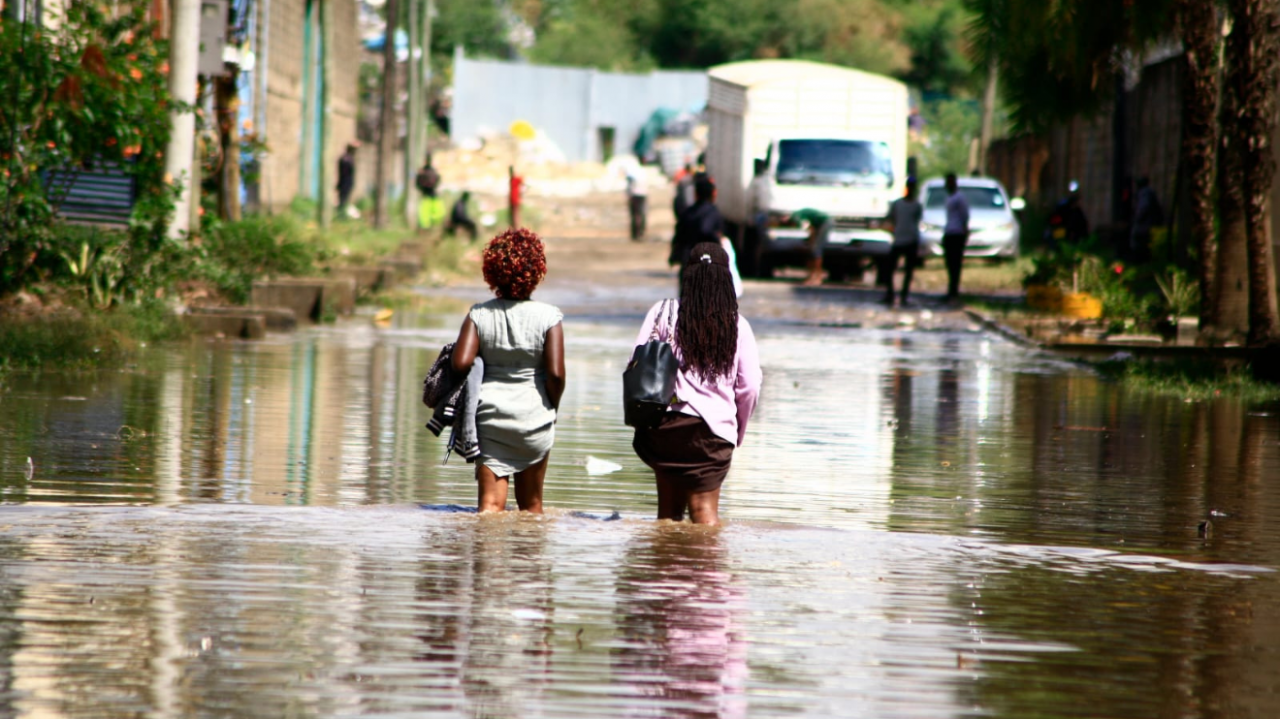
Kenya nairobi flooding – As Nairobi’s persistent flooding takes center stage, this comprehensive analysis delves into the causes, impacts, and management strategies surrounding this pressing issue, offering a deeper understanding of its complexities and potential solutions.
The frequency and severity of flooding events in Nairobi have escalated in recent years, posing significant challenges to the city’s infrastructure, economy, and well-being.
Nairobi Flooding Causes
Nairobi’s susceptibility to flooding stems from a combination of geographical and man-made factors.
Geographical Factors
- The city is situated in a low-lying area, with much of its infrastructure built on floodplains.
- The presence of the Nairobi River and its tributaries creates natural drainage channels, but these can become overwhelmed during heavy rainfall.
- The surrounding hills and escarpments contribute to runoff, which can exacerbate flooding in downstream areas.
Frequency and Severity of Flooding Events
In recent years, Nairobi has experienced an increase in the frequency and severity of flooding events.
- From 2010 to 2020, the city recorded an average of 10 major flooding events per year.
- The most severe floods occurred in 2018, when heavy rains caused widespread damage and displacement.
Role of Infrastructure and Urbanization, Kenya nairobi flooding
Rapid urbanization and inadequate infrastructure have contributed to the worsening flood situation in Nairobi.
- The expansion of impervious surfaces, such as roads and buildings, reduces the ability of water to infiltrate the ground.
- Poorly maintained drainage systems and inadequate waste management can block water flow and cause flooding.
- Informal settlements, often built on floodplains, are particularly vulnerable to flooding.
Closing Notes: Kenya Nairobi Flooding

Addressing Nairobi’s flooding requires a multifaceted approach that encompasses infrastructure improvements, land use regulations, early warning systems, and community engagement. By implementing these measures and adapting to the potential impacts of climate change, the city can mitigate the risks associated with flooding and ensure a more resilient future.
User Queries
What are the primary causes of flooding in Nairobi?
Nairobi’s flooding is primarily attributed to geographical factors, such as its location in a valley and the presence of rivers and streams. Inadequate infrastructure, rapid urbanization, and poor waste management further exacerbate the situation.
How does flooding impact Nairobi’s population?
Flooding poses immediate threats to life and property, displacing residents and disrupting livelihoods. It also leads to economic losses, infrastructure damage, and health risks, including disease outbreaks.
What measures are being taken to manage flooding in Nairobi?
Nairobi has implemented various flood management strategies, including drainage improvements, early warning systems, and land use regulations. However, challenges remain, and ongoing efforts focus on improving infrastructure resilience and promoting community-based initiatives.





